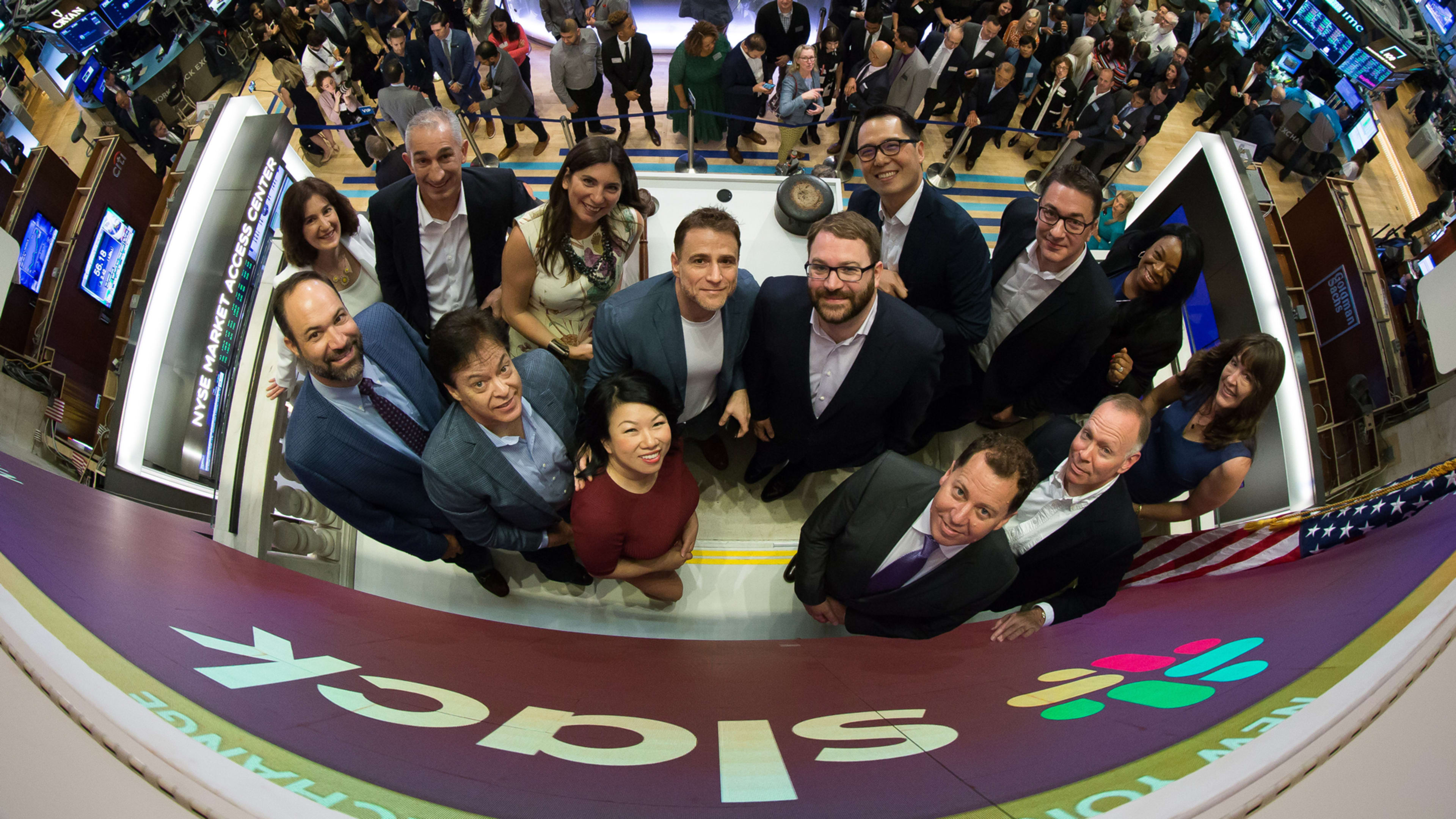Today, Slack Technologies is poised to finally enter the public market. The workplace-productivity startup is going the “direct listing” avenue, meaning it has no underwriters. It’s just debuting on the New York Stock Exchange with a big “hello! We’re here.”
Slack has been around for over six years, growing at a fast clip. While it’s always offered the same service—a centralized work chat function—its domain has expanded rapidly. How did it all happen? Slack began, as it turns out, with a computer game. A failed one, at that.
Here’s a brief look at the company’s ascendence:
- September 2011: Flickr cofounder Stewart Butterfield unveiled a beta version of a game called Glitch. The game went into the imaginations of giants to create a virtual world for players, but it didn’t take off.
- August 2013: There was one thing Glitch did well: digital communication. Players were able to share and chat with each other, which led its cofounder to consider retooling their product. Through this, Slack was born. In the first 24 hours of its launch, 8,000 companies signed up for Slack.
- October 2014: The product seemed to resonate with both users and investors. Only a little over a year later, Slack raised $120 million, giving the company a whopping valuation of $1.12 billion.
- February 2015: Slack announced that it had over 500,000 daily users and was bringing in yearly revenue of $12 million.
- June 2015: Only four months later, the company doubled that, hitting 1.1 million daily active users. Of those over 1 million users, Slack said 300,000 of them were paid—meaning the company’s annual revenue at the time hit over $25 million.
- April 2016: The platform exceeded 2.7 million daily active users, 800,000 of which were paid. In addition, it raised $200 million in funding, bringing the company valuation to over $3.8 billion. This came as both Facebook and Microsoft launched new workplace collaboration softwares.
- January 2017: Slack launched enterprise grid, a new set of tools focused on bringing in lucrative corporate clients.
- September 2017: It raised even more money—some $250 million from the likes of SoftBank and others, bringing the valuation to $5.1 billion.
- July 2018: Competition was heating up. As a result, Slack bought both HipChat and Stride from Atlassian and migrated users to its platform. While Slack’s user count had been explosive, it still wanted a boost to bring in enterprise clients. This was Butterfield’s strategic move to focus on that.
- February 2019: Slack confidentially filed to go public. Its most recent private valuation was $7.1 billion.
- April 2019: The company filed its S-1, which provided some context for its past performance. Yes, it grew at a very fast clip, but it is still not profitable. Paid subscriptions have grown over the years, but represent only 14.8% of its total user base. Slack warned that it may not be able to achieve profitability in the near term. But it’s entering the public market to give it even more of a boost.
And here we are today. There were certainly some other glossed-over milestones—money raised, big integrations announced (e.g., Google, Dropbox), other acquisitions. But this gives us sense of the quick rise Slack has seen. To the modern worker, “Slack” isn’t just a company name. It’s a verb. We’ll watch its public performance closely. A bunch of companies are IPO-ing these days. Some are seeing impressive success, others not so much.
Given Slack’s ability to raise money as a private company, early investors will likely be seeing a big payday today. In the meantime, we’ll see if the workplace communication platform can continue its growth.
Recognize your brand’s excellence by applying to this year’s Brands That Matter Awards before the early-rate deadline, May 3.
